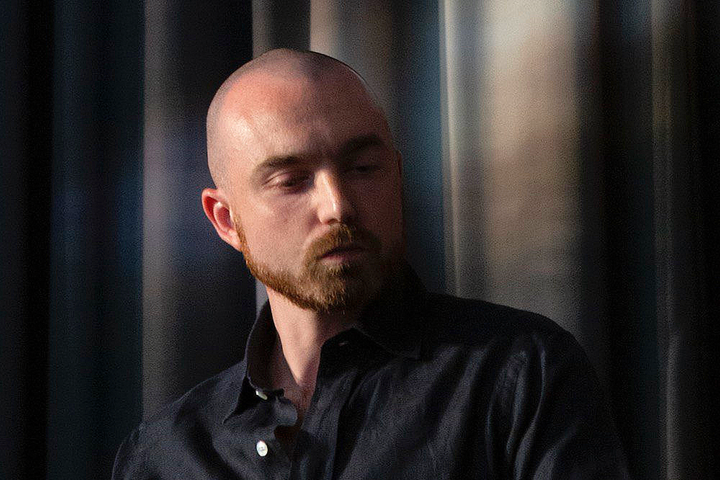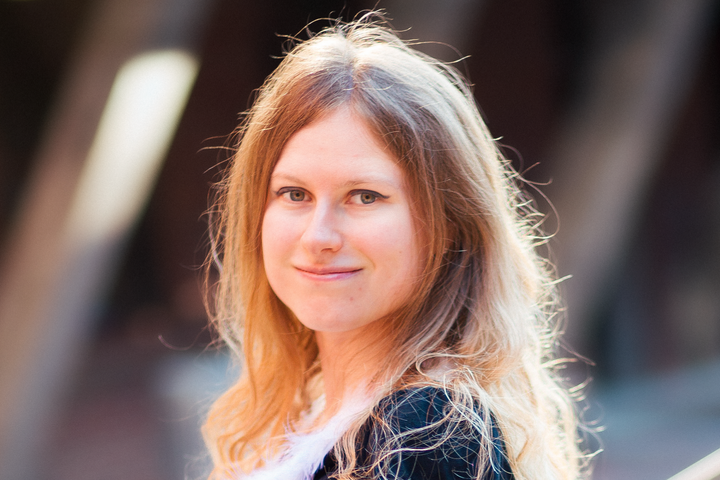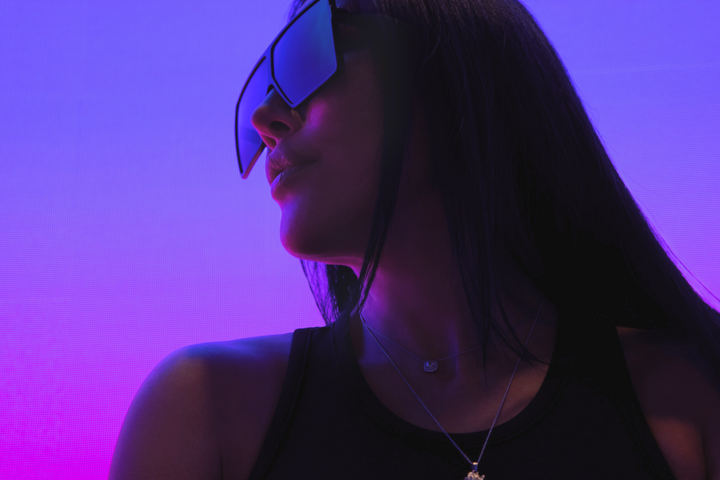AC on 6529, Digital Collecting and Web3 Curators

AC is an entrepreneur, collector, and partner with the 6529 NFT Fund.
Could you tell us about the team behind 6529?
Without revealing anyone's real life identity, when the team had opened up to each other I felt like “woah, what am I doing here?”. I'm always impressed with the caliber of my partners. Everyone comes from being the best at what they did in their respective trades. I wouldn't say each of the collectors within the fund were art historians. We're all art lovers, and have experienced art personnel on the staff. At our core, we are believers in crypto principles and want to be able to honor the space that we're participating in. It's a movement for personal freedoms as it is financial sovereignty. We’ve all been in our own crypto paths, many if not all of us for 8+ years now.
We are interested in learning more about the categorization of the 6529 collection. What approach did you take forming this collection?
The 6529 Fund is focused on collecting pieces which have achieved cultural and memetic relevance well beyond the millions and billions of NFTs which will exist. We focus on Generative Art, 1 of 1, and social NFTs like Punks and the “pfp” genre. There are opportunities where some subculture of collecting or utilizing an NFT will find its product market fit within our ecosystem, and we are paying attention to that. For the bulk of our time though, we are looking at collecting the most culturally significant works; pieces which represent the ideas of crypto and its intersection with digital art. When we look at our collection in 10 years we would like to feel as though it would be impossible to assemble again.
What was your personal path to collecting?
I have always collected what has meaning to me in a pre NFT world. Coming into collecting NFTs though felt like I had a lot more accessible to me, I could learn from paying attention to open resources. You can just watch other collectors onchain or in auctions. An early inspiration was Pablo Rodriguez-Fraile, a Miami resident and friend, who built a significant collection with sales that reinforced it. Seeing Pablo’s Beeple sale made me realize that there was something more significant at play here than just early users experimenting. There is some serious conviction being spent way sooner than I anticipated, and I had a feeling I had to really catch up from what I missed prior to my arrival.
I always had awareness of generative art prior to NFTs. My friend and esteemed curator Sofia Garcia has been keeping me in the know on who the best generative artists were and what pieces I should buy. In 2019 I collected from Sofia a pen plotted work by Tyler Hobbs, Quietude, which evokes this beautiful symbiotic, mother and child kind of moment. I bought it for my wife for Mother's Day. I've always remembered the reaction I had to this artwork I couldn’t believe code could evoke. There’s the saying in startups if something is 10 times better than its incumbent, it will revolutionize it. That's exactly what Art Blocks distribution was versus how I first collected Tyler. It was like long form generative algorithms where one of the best use cases I had ever seen for blockchain, everyone could collect their own unique yet related part of the internet.
How do you see the development of the relationship between the art world and the crypto world?
It's fascinating to contemplate the product market fit of NFTs. There's no doubt that the product itself deserves a near perfect score on the 10 scale. NFTs offer a vastly improved method for recording ownership of assets. It's 24/7 and it's instant. It’s so much better than the existing format that we have for owning things.
On the market fit side, in today’s market a lot of attention is focused on Twitter and artists or curators might get frustrated with the lack of discovery. But that's what we have. I think the angst is what's going to get us alongside traditional collectors and the people who actually register for auctions. I think it's pretty hard to imagine we get less digital in time, so it feels inevitable that these buyers will respect something in the NFT space which will get them to walk across the bridge and collect a token. Simple art custody that makes non crypto natives comfortable still remains elusive.
We need to convert, inspire, obsessively trickle new users into this space. Sotheby’s and Christie's seem to be helping us with validation, but I think as collectors we can do a lot more to give comfort to people coming into the space and collecting certain collections or artists alongside us. Floor price is such a readily available data point, we shouldn’t pretend a collector from the traditional art world won’t notice collections with strange activity. We have the tech advantage in distribution, attention, and Moore’s Law versus physical art, so I think if we can show strong conviction in our own art movement the merger of art world and NFTs is inevitable. I have been meeting with many traditional collectors and I think they are increasingly more respectful of our movement.
Why do you think curators are important for Web3?
I think what's so important about curators is their mentality. I don't want to use the word framework, but a great curator has an edge in how they perceive reality. In my view, a collector should try to embrace the role of being a curator no matter how little training they have. Collect with intent. It is essential to understand how to curate and assemble a portfolio, and some of my closest friends in this space are curators. Engaging in authentic conversations about what attracts us to certain artworks is an invaluable experience. Curators should empathize with the individuals they assist, its quite obvious our market is not the traditional art collector background, so wear the hat of both a curator and a digital collector in 2023. Curators play a vital role in discovery as well, providing education and fostering a desire to grow within the art community.
Is the educational aspect lacking in Web3?
Absolutely. It’s why I’m grateful 6529 put together the Open Metaverse course with the University of Nicosia. Web3 can feel like many people are just speaking past each other on Twitter, but there’s signal out there and we need to do a better job providing material for people to learn basic frameworks for both survival and self improvement. The Twitter spaces I enter from time to time have actually done a pretty good job of keeping people both entertained and aware. Education in web3 is learned and not taught, though so people need to put in the time.



